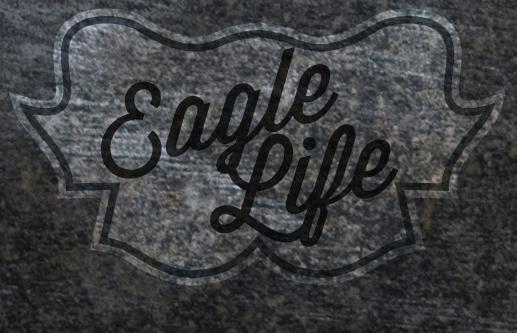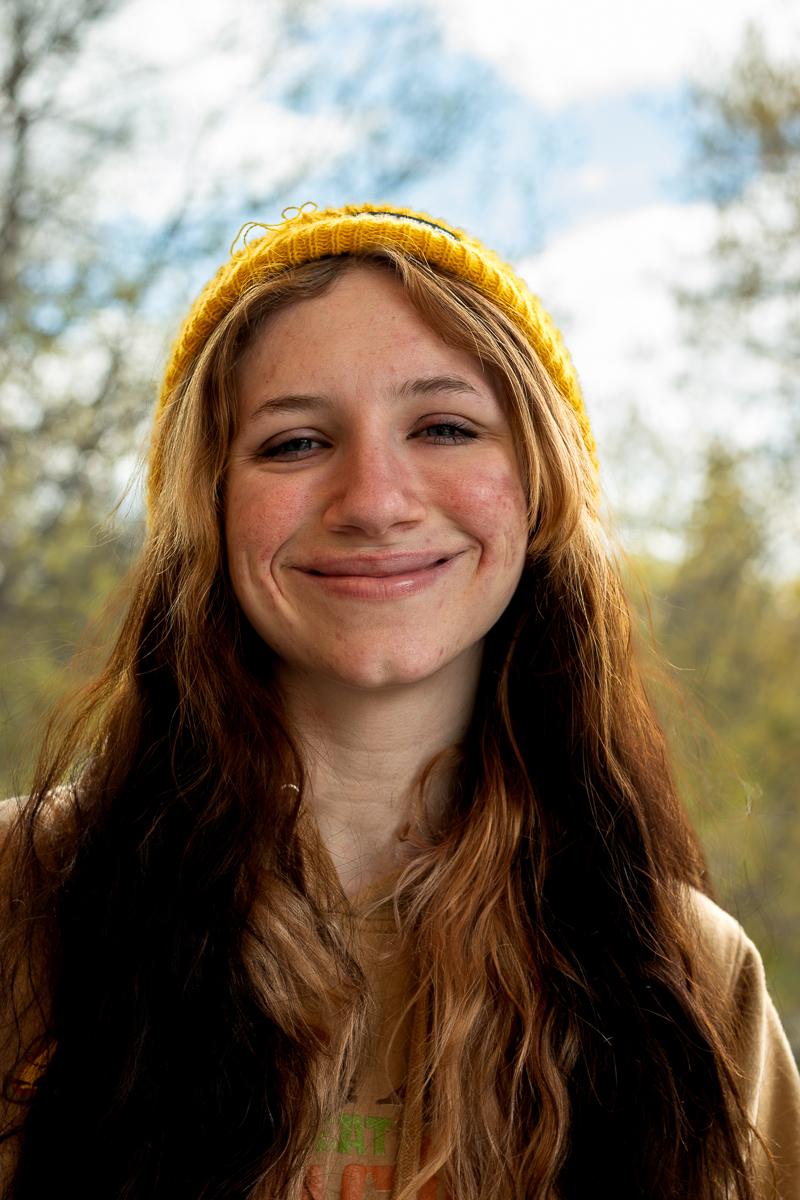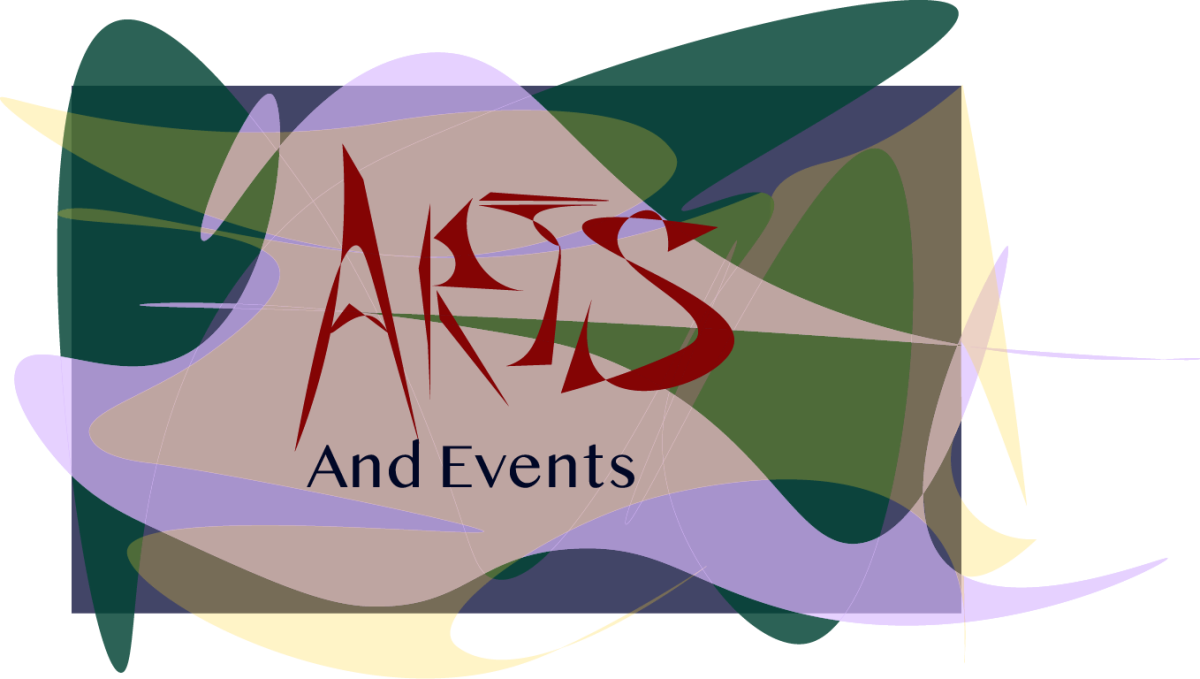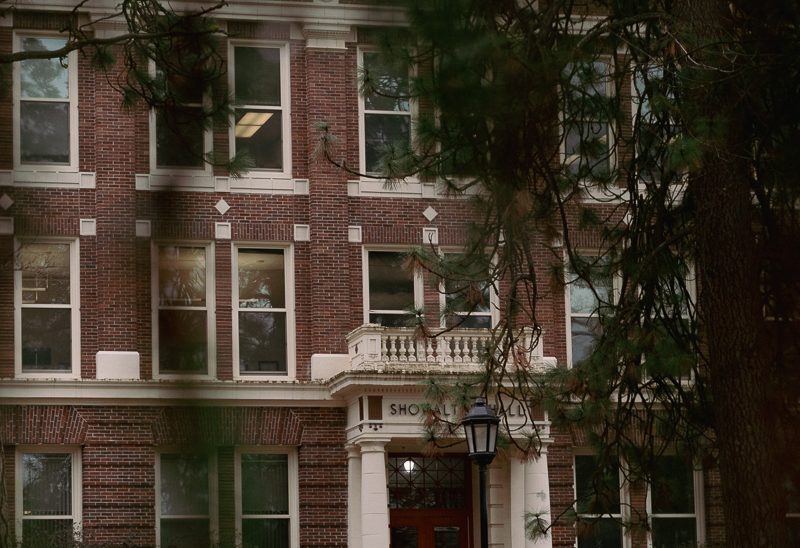By Rebekah Frank
New York artist Sabrina Gschwandtner visited EWU to share her experience in wartime knitting and the impact it had during times of violence and death.
On Feb. 12, Gschwandtner gave a lecture about her work with film quilts, film from textile documentaries sewn together into a quilt pattern and wartime knitting. The lecture included a slideshow with images of her artwork, as well as a video she filmed about the different uses of knitting.
The wartime knitting, according to Gschwandtner, was used during times of conflict for many different purposes. Some people would knit body count mittens, in which one would knit the number of soldiers who died during the time they were knitting the gloves, while others made stump socks and others would make their own unique projects.
This installation took place in New York, Indiana, Florida, Arizona and Romania. Participants included female relatives of soldiers, male soldiers and civilians who had no relations to soldiers but were moved to help those fighting. They would knit for political expression, therapeutic distraction, protest and weaponry.
According to Gschwandtner, in World War II, British women were hired to knit cozies for sticky bombs. Soldiers would put the bomb in the cozies and dip them into an adhesive so the cozy would soak up the adhesive and would stick onto their targets better.
Gschwandtner wanted to embrace the idea of knitting for therapeutic purposes. She coordinated an installation using knitting as a mechanism for meditating on war. Gschwandtner set up a table with knitting supplies and a few patterns at the New York Museum of Art and Design in 2007.
People were able to come in and spend as much time as they wanted knitting. They would either bring their own patterns or use the ones provided. This gave them a chance to meditate on the war in Iraq and the soldiers that were sent there.
According to Gschwandtner’s website, many of the women who participated enjoyed the activity. One of the participants, Val Schermerhorn, wrote, “Thank you for creating a space for those who rage against the war but wholly support the troops.”
Gschwandtner also showed photo blankets of soldiers and families knitting during the war, including the picture of British women working on cozies.
“I wanted to display the images of the ways in which knitting has been and was used during wartime,“ said Gschwandtner.
Gschwandtner also spoke about her work with film quilts. When Gschwandtner received film from the Fashion Institute of New York, she sewed the pieces together to make a quilt design. This brought on a new idea of preserving old films. According to Gschwandtner, the inspiration behind this piece is not wanting to see the film lost in history.
The film, Gschwandtner said, was “Important cultural material that I didn’t want to see discarded, … I wanted to memorialize them in some way.“
Gschwandtner said she is interested in the idea of, “combining the photographic and the tactile.“ She enjoys working with the images and texture of the film in way of marrying the two together.
When Gschwandtner displays her artwork, she does so where there is a lot of light. At one exhibit she hung her film quilts up in windows so that the observers could see the work and also see through it.
EWU junior Jennifer DeBarros said she appreciated Gschwandtner’s unusual use of film and imagery.
“As a studio art major with an emphasis in photography [Gschwandtner’s] interpretation of using an image in a whole new presentation was very intriguing. It is a great way to explore the image in a different way,” said DeBarros.





![Simmons said the biggest reasons for her success this year were “God, hard work, and trusting [her] coach and what she has planned.”](https://theeasterner.org/wp-content/uploads/2024/05/image1-1-1200x800.jpg)









